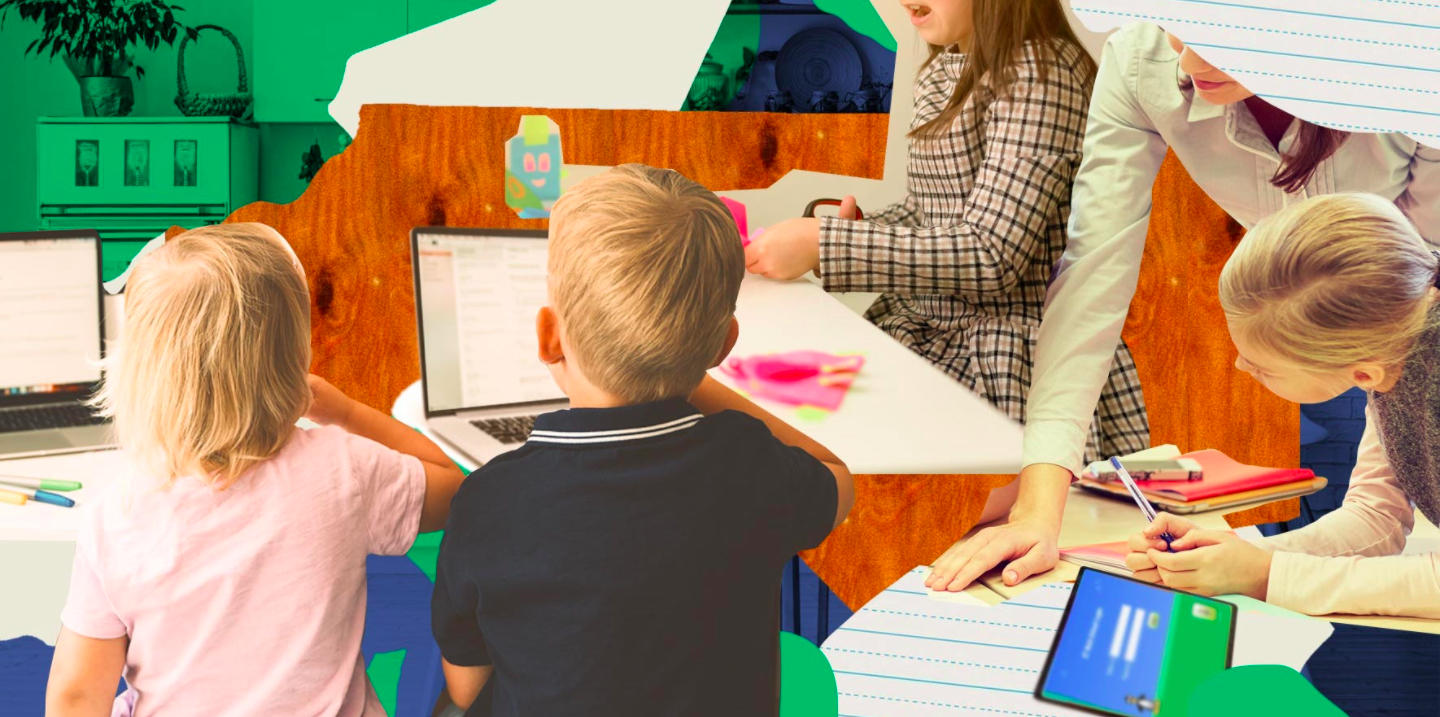Guest Post: Learning Pods – A New Form of Learning

Students, and primarily young learners, have taken a hard hit with the pandemic.
With the constant influx of changes that COVID-19 has brought to our lives, it may be difficult to keep up with all of the modifications we’ve made in order to address potential problems. While some are more obvious and target every subsection of society—such as masks and six feet of distance—others are targeted towards specific groups like office workers and students.
Students, and primarily young learners, have taken a hard hit with the pandemic.
They’ve lost face-to-face socialization with their classmates, and, equally important, they’ve lost the school environment altogether. Though our society continues to adopt more and more aspects of the digital age into our daily lives, it’s still been a difficult shift, especially for younger generations.
‘School’ isn’t quite ‘school’ anymore.
Parents were faced with the question: how do they adapt online learning to better address the needs of their children? Parents—especially the wealthy—turned to a new form of learning.
Pods.
The name itself evokes thoughts of unity and companionship—a shared identity of sorts. Learning pods follow a similar dogma. It’s a system that welcomes experimentation and innovation. As time passes, more and more types of pods arise, tailored to different students’ needs and interests. An article by The New Yorker shares examples of pods with their focus on math, art—even Buddhism. The pods themselves can even provide effective conduits to more diverse classroom settings. Racial justice conversations, which are essential in such difficult times, are much easier to schedule and incorporate into pods. Whereas there are many roadblocks when addressing race and prejudice in schools, pods allow parents to have a much more hands-on role when shaping the curriculum.
These learning pods also provide important in-person connections for the children.
Students band together to replicate the lost classroom setting, led by a trusted teacher and organized by parents. Apartments become miniature schools—a school away from school. Parents monitor the safety of their own children, allowing them to coexist in a space without fears of sickness. While classes still occur on Zoom, children can learn in a classroom setting and keep focus in ways they might not be able to at home. Lessons that were once only online can now become hands-on, with the teacher organizing a breadth of activities tailored to lessons—just like classrooms before the pandemic.
Pods help maintain the sense of community among students—something essential to developing social skills. However, as time progresses and the pandemic seems closer to its end, the question arises: will they outlast COVID-19?
One parent told The New Yorker that, while the experiment has proved effective in the current climate, she thinks that they promote inequity.
After all, since parents are at the helm of these pods, the money for the classroom and teacher comes out of their pockets. However some Pods may not have a highly paid facilitator. In these circumstances, one member of a group of parents might manage the Pod, one at a time, at their individual homes. In other instances, one teacher or assistant teacher might manage a Pod in a school classroom, or parents may cooperate together to manage a pod for their children as an after-school program or home-schooling program. If a teacher is hired to run a Pod every day of the week, it can quickly become costly, but parents may cooperate to run pods after school or as part of a homeschooling program which can keep costs lower.
While a price tag of twenty-thousand dollars a year might be manageable for those with the means to pay, many parents still have to turn to public schooling, despite certain shortcomings in the pandemic. Learning pods, while effective now, must be an option for parents of all economic backgrounds, in order to avoid sinking into obsolescence. Inventions that can only be enjoyed by a small minority of the population are rarely worth keeping.
Sources and Further Reading:
The New Yorker: Why Learning Pods Might Outlast the Pandemic
Learning Pods: Make This Year Your Child’s Best Year of Learning
The New York Times: What Parents Need to Know About Learning Pods
Littledata: Four Types of Childcare and Schooling Pods, Explained

